AWS sharpens sustainability focus as AI environmental concerns rise
The hyperscaler says sustainability plays a part in core decision-making in the age of AI


Amazon Web Service (AWS) has unveiled new sustainable data center components with a focus on energy efficiency, bolstering its ongoing commitment to sustainability across the board.
Among these is a new mechanical liquid cooling solution that will provide liquid-to-chip cooling in both new and existing data centers, AWS said. Liquid cooling is a technique that uses liquid to absorb heat and reduce the energy needed to cool.
As some AWS technologies do not require liquid cooling, there will be integration between air and liquid cooling for powerful AI chipsets such as AWS Trainium. This multimodal cooling design will provide maximum performance and efficiency, AWS said.
The firm is also paying attention to how its racks are positioned in data centers.
Using generative AI, AWS can predict the most efficient way to land servers and thus reduce ‘stranded power,’ energy that is available but unused or underutilized.
Customer trends were telling AWS about data center usage, AWS’ global tech lead for sustainability Margaret O’Toole told ITPro, so it needed to think critically about what its move would be.
“We worked with some chip manufacturers in order to enable liquid cooling, we were able to rethink how we actually land servers in the data center to increase the density,” O’Toole said.
Get the ITPro daily newsletter
Sign up today and you will receive a free copy of our Future Focus 2025 report - the leading guidance on AI, cybersecurity and other IT challenges as per 700+ senior executives
“The net result of all of those optimizations is that we now have 12% more compute for customer workloads per data center,” she added.
AWS' sharpened sustainability focus
AWS’ latest announcement builds on a sharpened focus on sustainability at the firm through which the company has delivered several green-focused, energy-efficient offerings over the past months and years.
Amazon set a goal to reach 100% renewable energy by 2030 and has already hit that target, according to a 2023 report. The firm also plans to be ‘water positive’ by 2030 according to a commitment made in 2022.
“We've always had this frugality principle, and if we look at technology and how fast technology moves, we've always had to kind of rethink how we do our business to align to tech trends,” O’Toole said.
RELATED WHITEPAPER

O’Toole specifically highlighted Amazon Nitro, which she said was about increasing the density of customer workloads, as well as MicroVMs on Firecracker to further pursue this aim.
“We knew that we needed it, but we didn't know what it was going to look like, and so having had those challenges, actually, I think set us up well for how we could develop in the future,” O’Toole added.
“We're comfortable stepping back and going, ‘okay, we got to rethink a bunch of things here in order to move forward,’ and I think that served us pretty well.”
AWS isn't worried about generative AI sustainability
AWS is approaching generative AI with a similar focus on sustainability, and O’Toole said the firm is mindful of the surging demands placed on infrastructure by the technology.
“It's a new approach, and we were pretty thoughtful in saying, ‘Okay, this is a new way of customers behaving - let's act accordingly,’” she said.
Asked whether she felt generative AI raised issues around sustainability, O’Toole said the company isn't saying it's "business as usual" but that it is "pretty confident in [its] approach at this point".
The environmental impact of generative AI has become a key talking point over the last 18 months, with surging power demands placing significant pressure on data center infrastructure on both sides of the Atlantic.
Research from Gartner in November found nearly half (40%) of data centers could face power availability issues by 2027 as AI demand ramps up.
Similarly, a report from McKinsey in October called for sweeping investment across Europe to contend with growing power demands. The consultancy warned that data center energy demands are set to triple across the region by the end of the decade.
As such, McKinsey called on governments across Europe to boost investment in sustainable power sources and accelerate efforts to upgrade grid infrastructure.
AWS’ industry competitors have reported issues with meeting environmental goals due to their AI-related activities. Microsoft’s 2024 sustainability report, for example, revealed its carbon emissions had grown by 29% on the back of its AI-fueled data center expansion program.
The situation at Google is much the same, according to its own reporting. The firm’s greenhouse gas emissions have increased by nearly half in five years, with the steep increase attributed to AI-related activities.

George Fitzmaurice is a former Staff Writer at ITPro and ChannelPro, with a particular interest in AI regulation, data legislation, and market development. After graduating from the University of Oxford with a degree in English Language and Literature, he undertook an internship at the New Statesman before starting at ITPro. Outside of the office, George is both an aspiring musician and an avid reader.
-
 Microsoft just hit a major milestone in its ‘zero waste’ strategy
Microsoft just hit a major milestone in its ‘zero waste’ strategyNews Microsoft says it's outstripping its zero waste targets, recording a 90.9% reuse and recycling rate for servers and components in 2024.
By Emma Woollacott
-
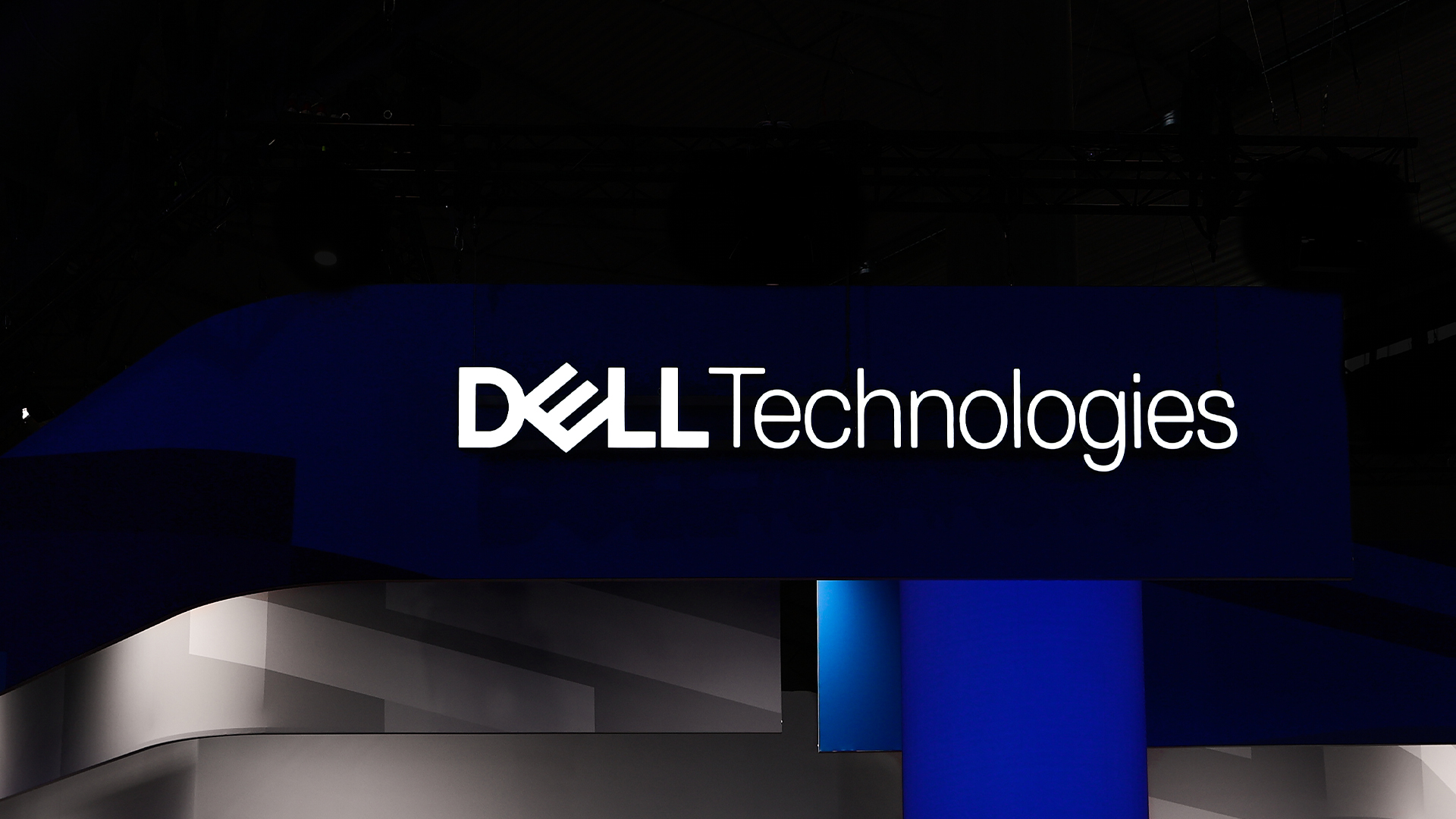 Dell names Lisa Ergun as new Client Solutions Group channel lead for the UK
Dell names Lisa Ergun as new Client Solutions Group channel lead for the UKNews Dell Technologies has announced the appointment of Lisa Ergun as its new Client Solutions Group (CSG) channel lead for the UK.
By Daniel Todd
-
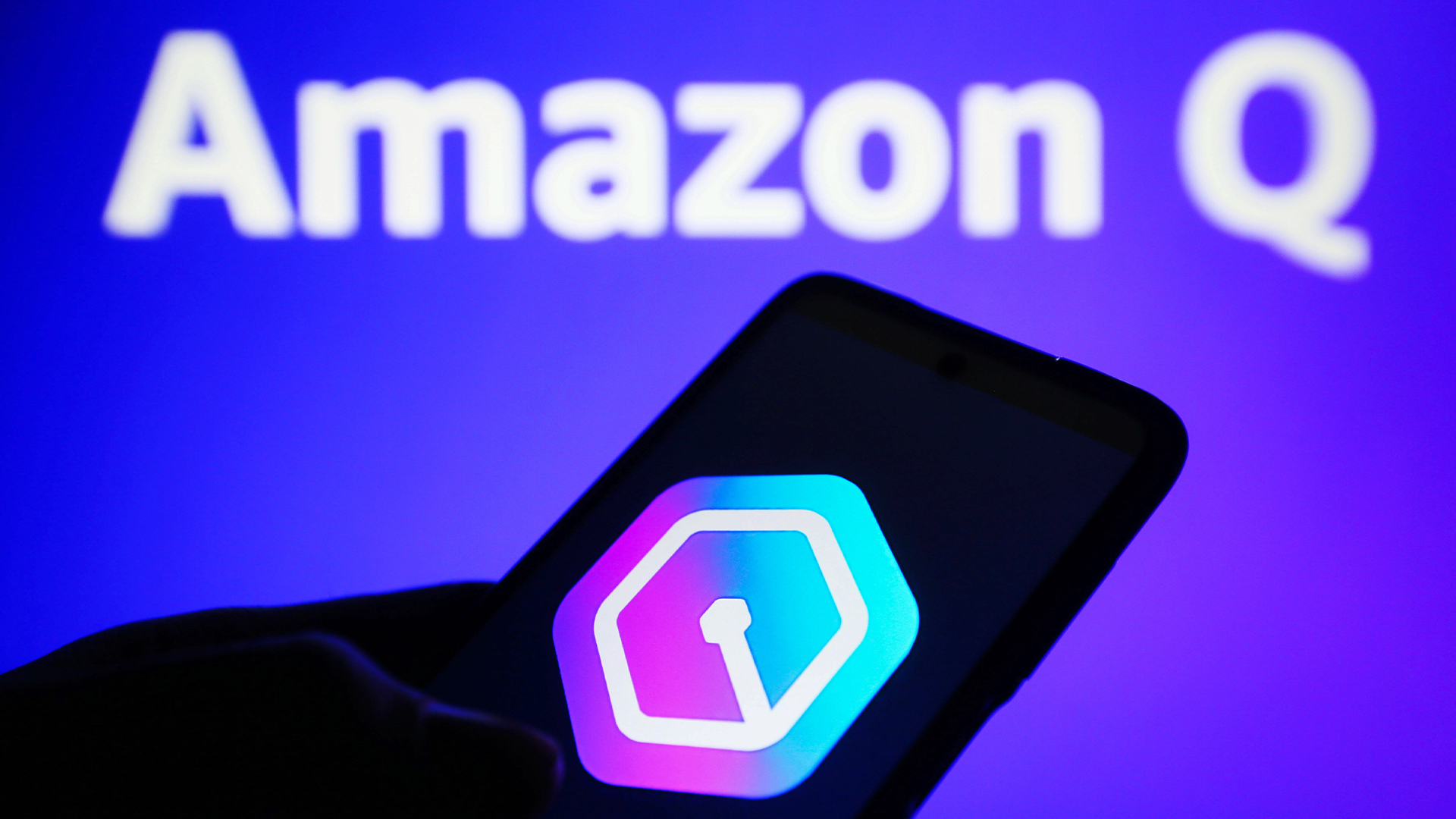 'Customers have been begging us to launch': AWS just rolled out Amazon Q Business in Europe – and it includes new data residency features
'Customers have been begging us to launch': AWS just rolled out Amazon Q Business in Europe – and it includes new data residency featuresNews AWS has announced the availability of its Amazon Q Business platform in Europe in a move sure to please sovereignty-conscious customers.
By George Fitzmaurice
-
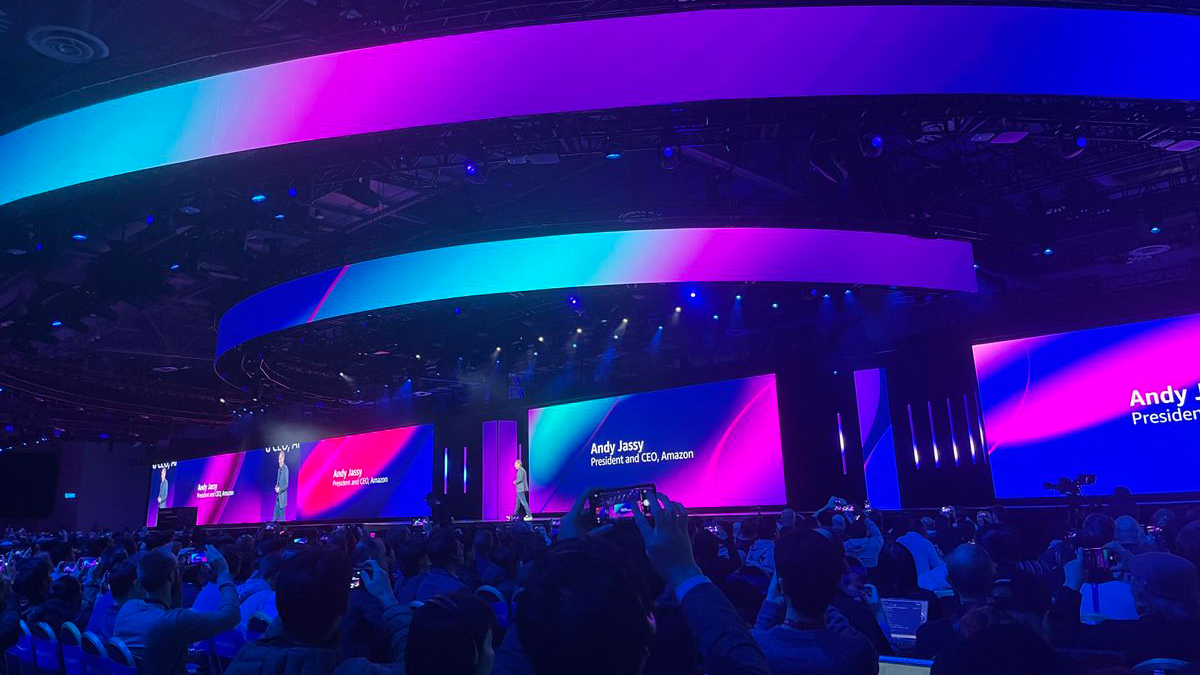 AWS puts AI evolution front and center at re:Invent 2024
AWS puts AI evolution front and center at re:Invent 2024Analysis AWS re:Invent 2024 was a testament to the cloud giant’s commitment to AI diversification as it looks to take market share in the next era of AI
By George Fitzmaurice
-
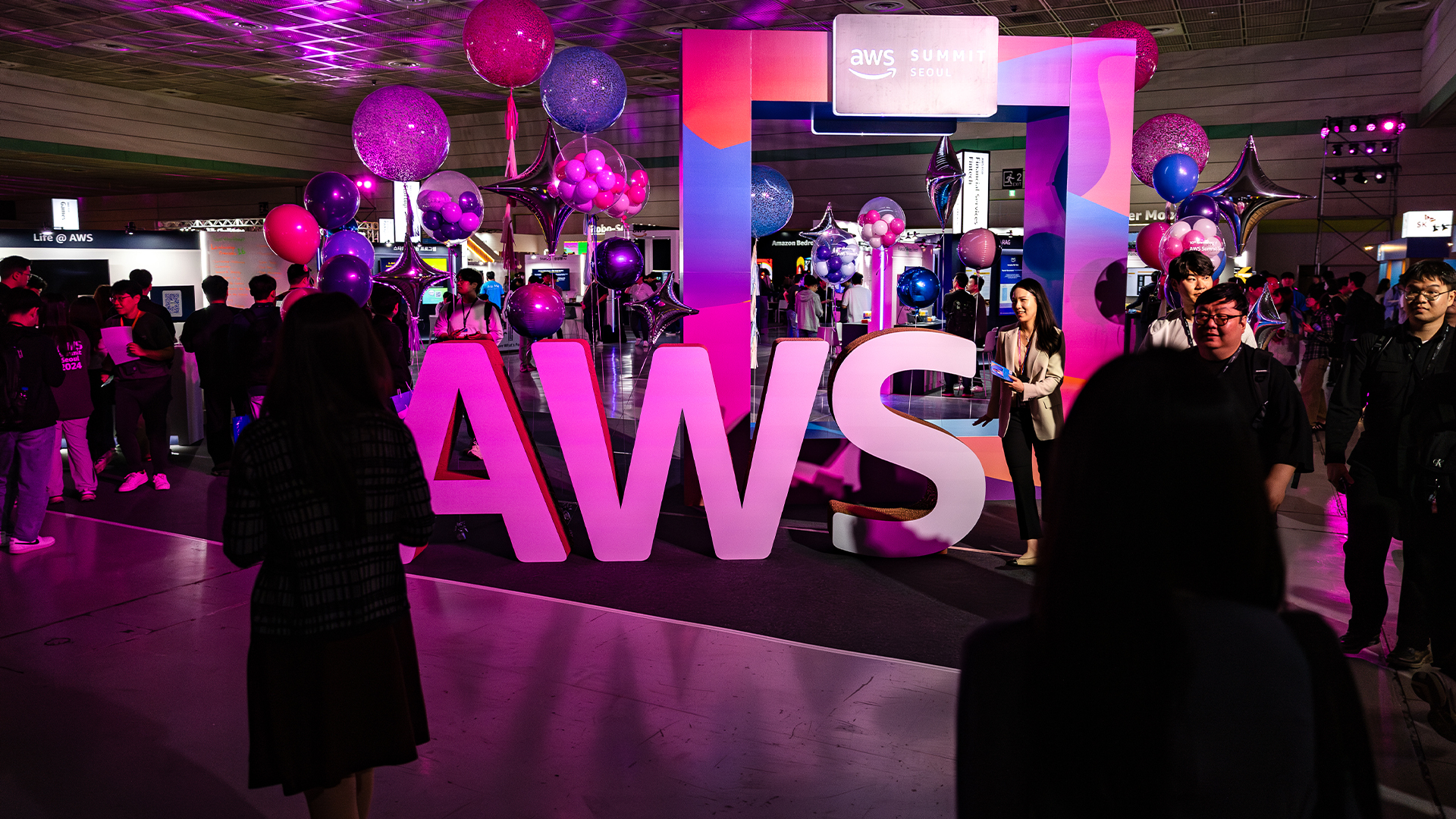 AWS goes all in on AI agents with new features for Bedrock and Amazon Q
AWS goes all in on AI agents with new features for Bedrock and Amazon QNews Agentic customizability is coming to Bedrock and the Amazon Q developer assistant
By George Fitzmaurice
-
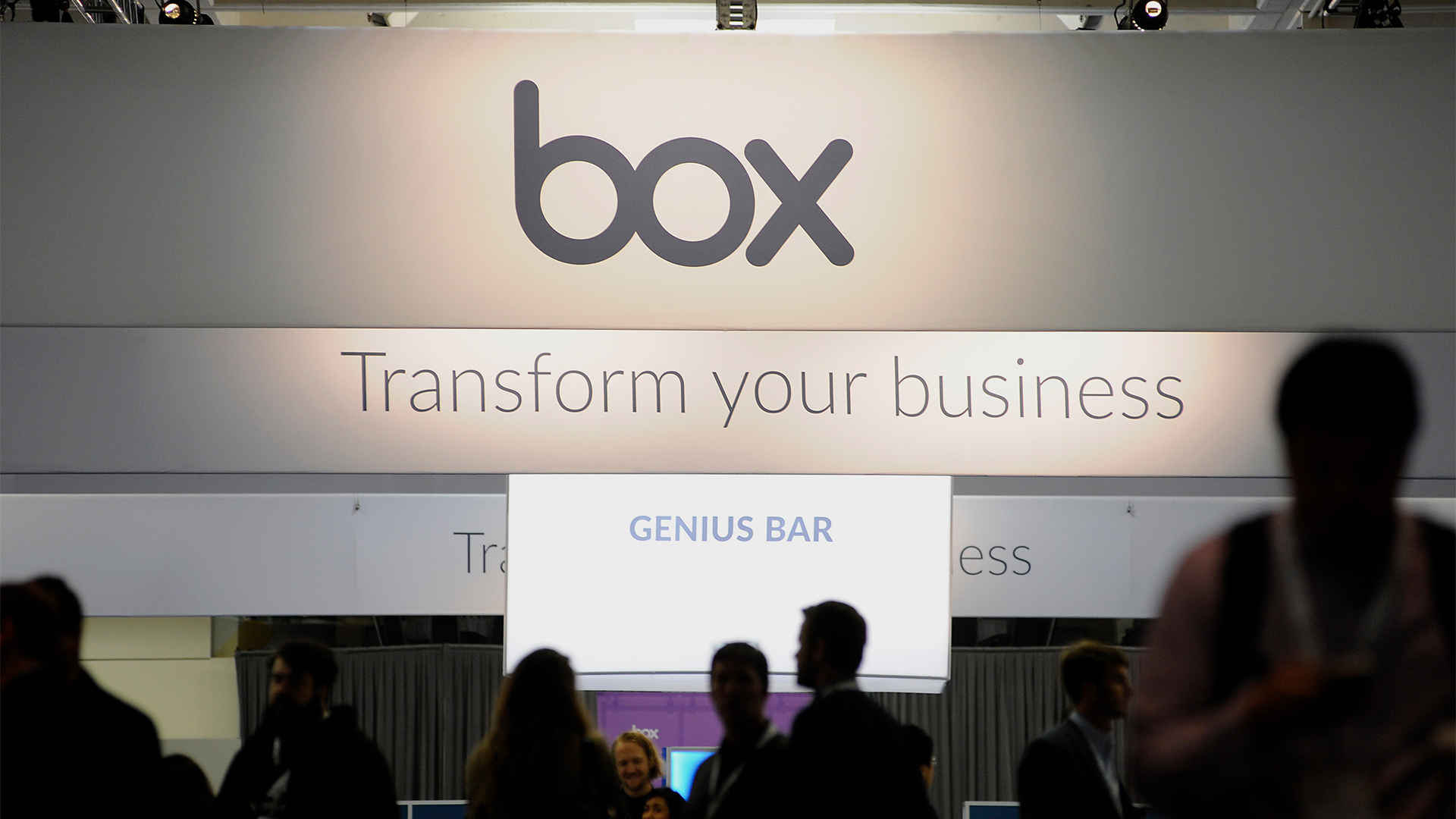 New AWS and Box collaboration brings AI models to enterprise content
New AWS and Box collaboration brings AI models to enterprise contentNews Box customers can now access Anthropic’s Claude and Amazon Titan foundation models within Box AI
By Daniel Todd
-
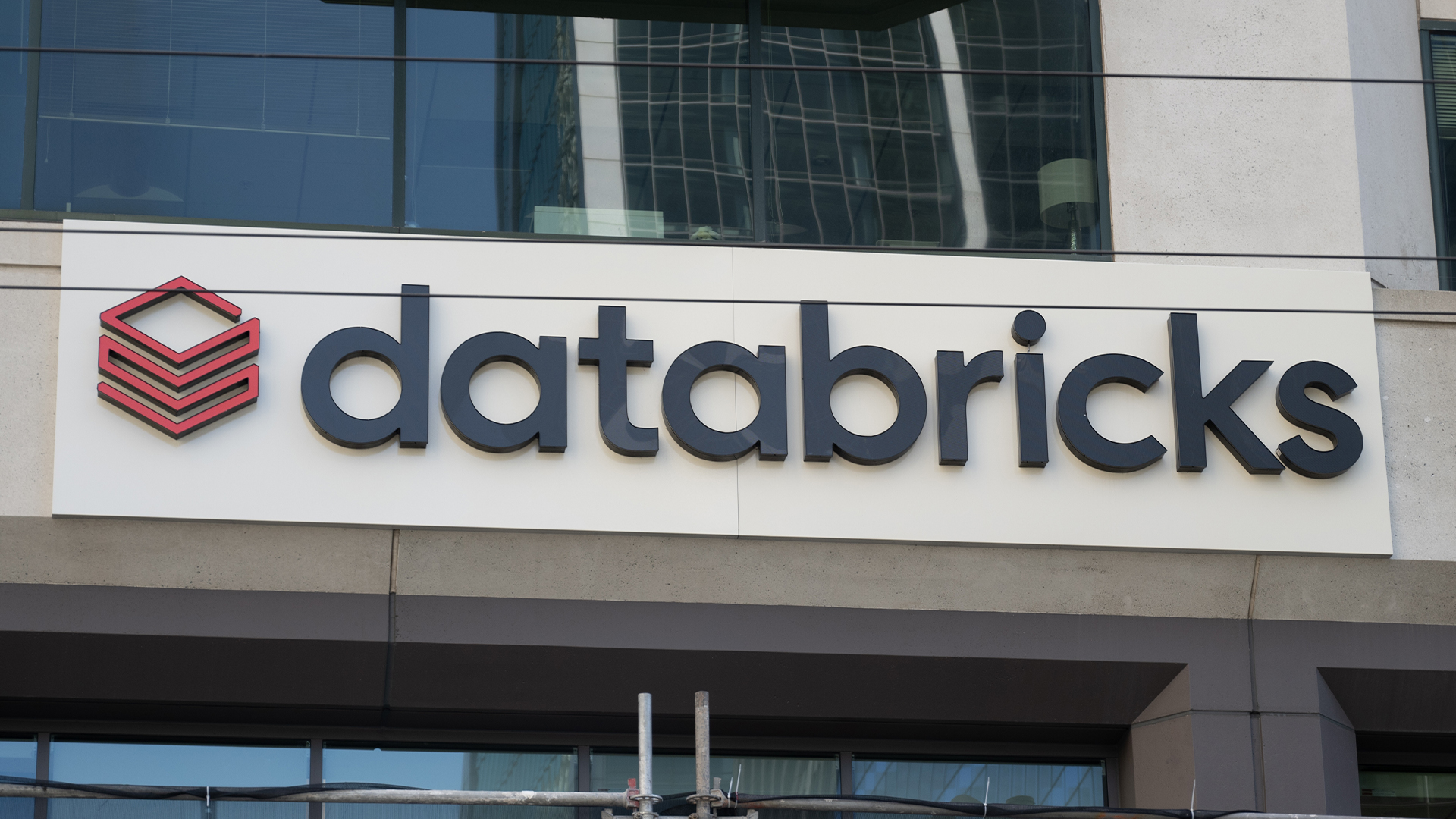 Databricks expands AWS partnership to drive generative AI capabilities
Databricks expands AWS partnership to drive generative AI capabilitiesNews The new agreement promises “unmatched scale and price performance” to help customers take genAI applications to market faster
By Daniel Todd
-
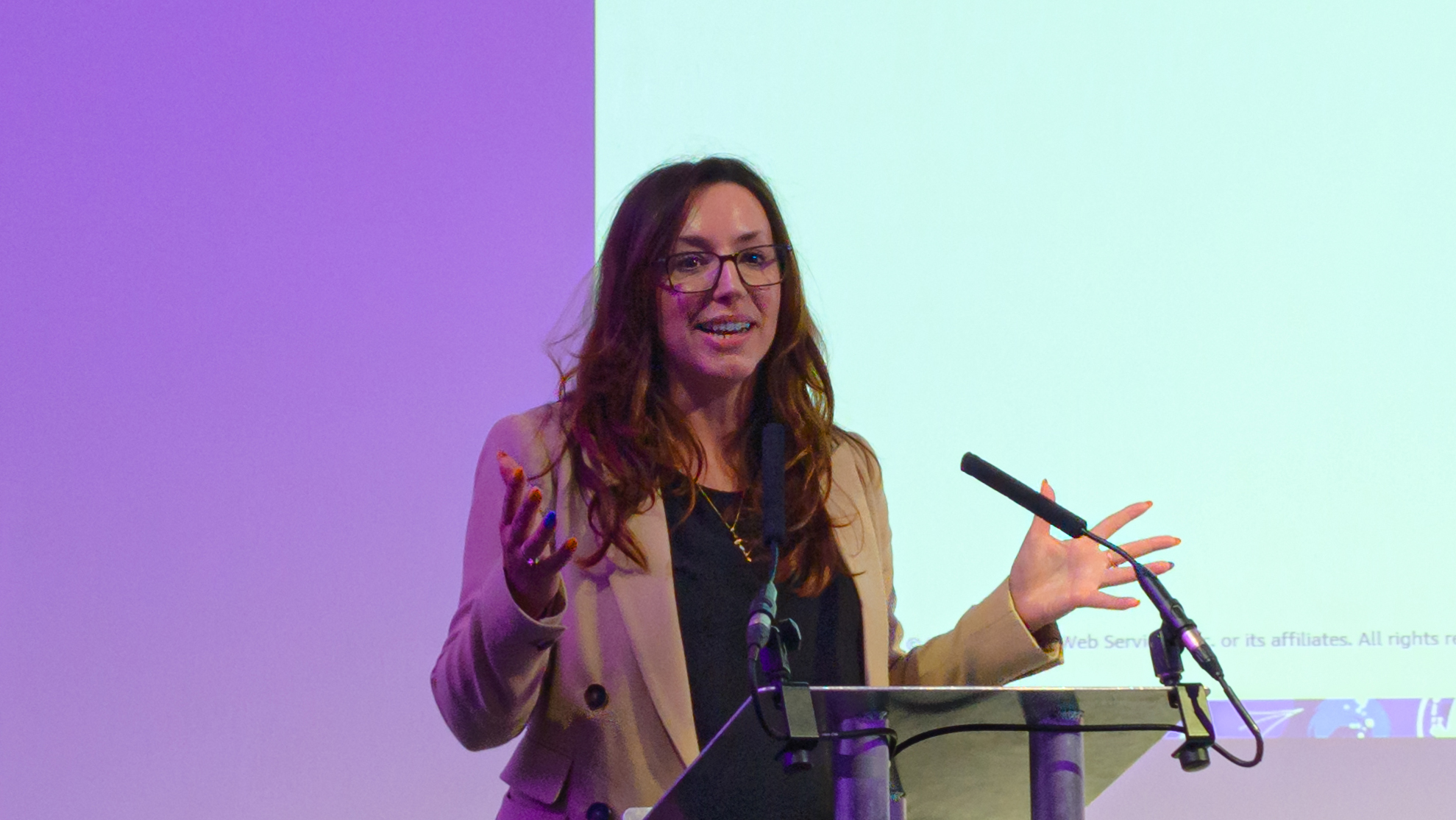 The UK has ‘seismic’ AI potential, says AWS startup leader – but startups still need skills support
The UK has ‘seismic’ AI potential, says AWS startup leader – but startups still need skills supportNews AI demand outstrips readiness across the business world, but with hyperscaler support startups are starting to show the technology’s potential
By Rory Bathgate
-
 Amazon’s $4 billion investment in Anthropic faces UK competition probe – here’s what it means
Amazon’s $4 billion investment in Anthropic faces UK competition probe – here’s what it meansNews The CMA investigation into the Anthropic investment is the latest in a slew of probes by the competition regulator
By Emma Woollacott
-
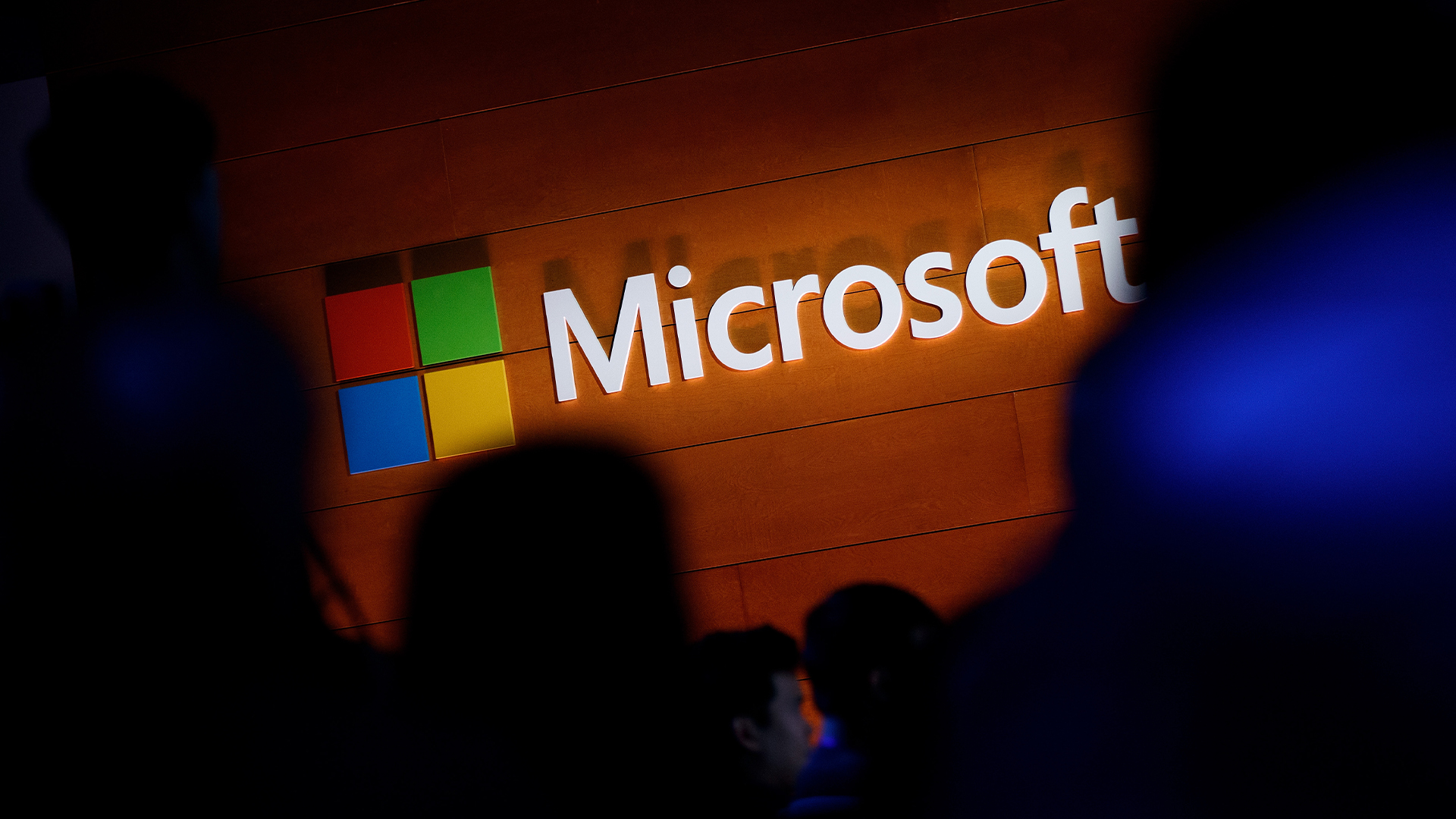 Hyperscaler AI spending is getting out of control — and Microsoft says it could take 15 years for it to make good on investments
Hyperscaler AI spending is getting out of control — and Microsoft says it could take 15 years for it to make good on investmentsNews Tech giants' results show billions being poured into AI infrastructure, but big leaps in revenue remain elusive
By Nicole Kobie